Episode 534 – The Imperial Democracy
Manage episode 424781251 series 1755874
This week on the Revised Introduction to Japanese History: during the 1920s, Japan’s political system became more democratic and representative–an “imperial democracy” that evolved out of the Meiji system. How did this happen, and why did those democratic gains prove to be so unstable in the long term?
Sources
Jansen, Marius. The Making of Modern Japan
Mitani, Taichiro. “The Establishment of Party Cabinets” in The Cambridge History of Japan, Vol VI: The Twentieth Century
Andrew Gordon’s excellent essay “Social Protest in Imperial Japan: The Hibiya Riot of 1905” for MIT’s Visualizing Cultures program
Another excellent Gordon essay (“Social Conflict and Control, Protest and Repression“) for the International Encyclopedia of the First World War
Takayoshi, Matsuo. “The Development of Democracy in Japan – Taisho Democracy: Its Flowering and Breakdown.” The Developing Economies 4, No 4 (December, 1966)
Shiota, Shobei. “The Rice Riots and the Social Problems.” The Developing Economies 4, No. 4 (December 1966)
Hayami, Yujiro. “Rice Policy in Japan’s Economic Development.” Economic Development Center of the Department of Economics, University of Minnesota
Images
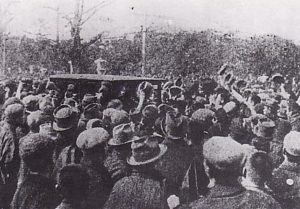
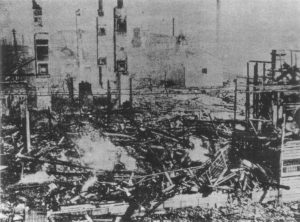
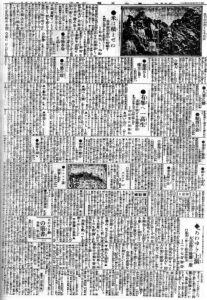
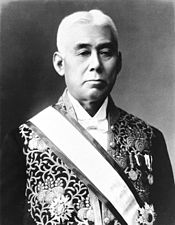
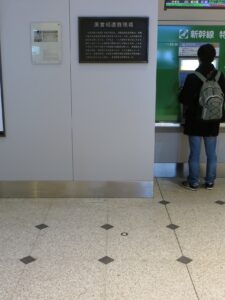
9 episod




